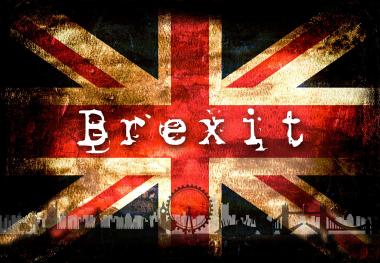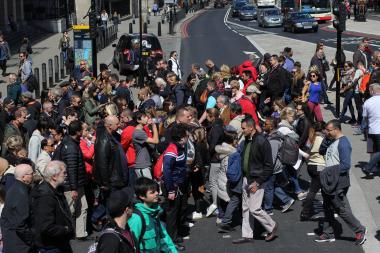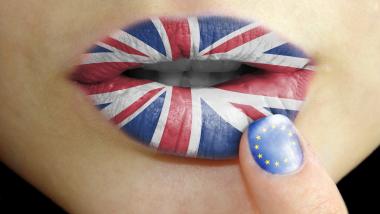THE CLOTHING MARKET IS WORRIED ABOUT BREXIT
- In 2017 stagnation expected
- British buy by mouse click
London (GTAI) - The up to now good sales opportunities for German clothing in the consume active United Kingdom suffer from the upcoming Brexit. The weaker pound sterling makes the goods from abroad more expensive. In addition, it raises inflation and lowers the real income, which will have a negative impact on consumer growth over a longer period, together with a likely decline in net immigrant numbers.
Currently it is expected, that the EU exit of the British will take place at the end of March 2019. At what conditions, German exporters can deliver to British customers after the completion of the Brexit will only have to be negotiated in the coming months. Many hope for a transitional solution and a subsequent free trade agreement. A "very hard “Brexit", including a withdrawal from WTO standards and an introduction of customs duties, was not very likely to be drafted (mid-2017), but it could not be completely ruled out.
| SITC-Position | Name | 2010 | 2016 | Change 2016/10 in % |
|---|---|---|---|---|
| 841+843 | Men's wear | 4,290 | 5,006 | 16.7 |
| 842+844 | Women's wear | 7,064 | 7,727 | 9.4 |
| 845 | Clothing from textile fabrics | 7,113 | 7,246 | 1.9 |
| .davon 845.3 | Sweaters, Knitwear jackets | 2,606 | 2,609 | 0.1 |
| .davon 845.4 | T-Shirts, underwear | 2,266 | 2,130 | -6 |
| 846 | Clothing accessories | 1,185 | 1,219 | 2.9 |
| 848 | Clothing made out of other materials | 1,167 | 1,203 | 3.1 |
Sources: Eurostat; Original data in EUR (as of 4.4.17), own calculations; Average exchange rate: Deutsche Bundesbank 2010: 1 Euro = 1.3257 US$; 2015: 1 Euro = 1.1095 US$; 2016: 1 Euro = 1.1069 US$
Consumption without verve
The poor consumer confidence of the British was shown already in the retail sales of the first quarter of 2017. For the first time in years, retailers sold less merchandise in the first quarter of 2017 than in the previous quarter (real -1.4 percent, without fuel: real -1.2 percent). In the second quarter the sales recovered slightly, so at least to the year-on-year level (real + 5 percent compared to the previous quarter, excluding fuel +1.1 percent). A major factor was the strong demand for summer clothing due to the season. For apparel the British spent some USD 71 billion in 2016. This corresponds to about 4.4 per cent of their household income and a real increase of 3.9 per cent compared to the previous year (in national currency). In 2015 the increase was still 6.6 percent. According to experts the clothing market will grow only very slightly in 2017.
From cheap to exclusive
While the British style of clothing is a rather conservative one, in the nine-million-inhabitant city of London almost everything is in demand: from very cheap to ultra-luxurious, both chic business clothes and totally freaked out. The exquisite boutiques and flagship stores of the most expensive labels in the world are located on the famous Oxford Street and in the districts of Knightsbridge, Kensington and Chelsea .
There no discounter can be found. Aldi and Lidl are expanding all the more outside the center and in small towns. This can also lead to sales opportunities for German clothing suppliers. According to media reports, especially Aldi is planning a major expansion.
Brits buy clothes online
No other folks buy as much per capita as the British. Amazon is the fourth most popular clothing retailer, after Primark, Next and Marks & Spencer. The British preference for e-commerce can create good opportunities for German suppliers which are not (yet) on site with their own stores.
Detailed information can be found in the GTAI brochure "Purchasing and consumption behavior United Kingdom", available at http://www.gtai.de/vereinigtes-koenigreich.
Source:
Annika Pattberg, Germany Trade & Invest www.gtai.de






